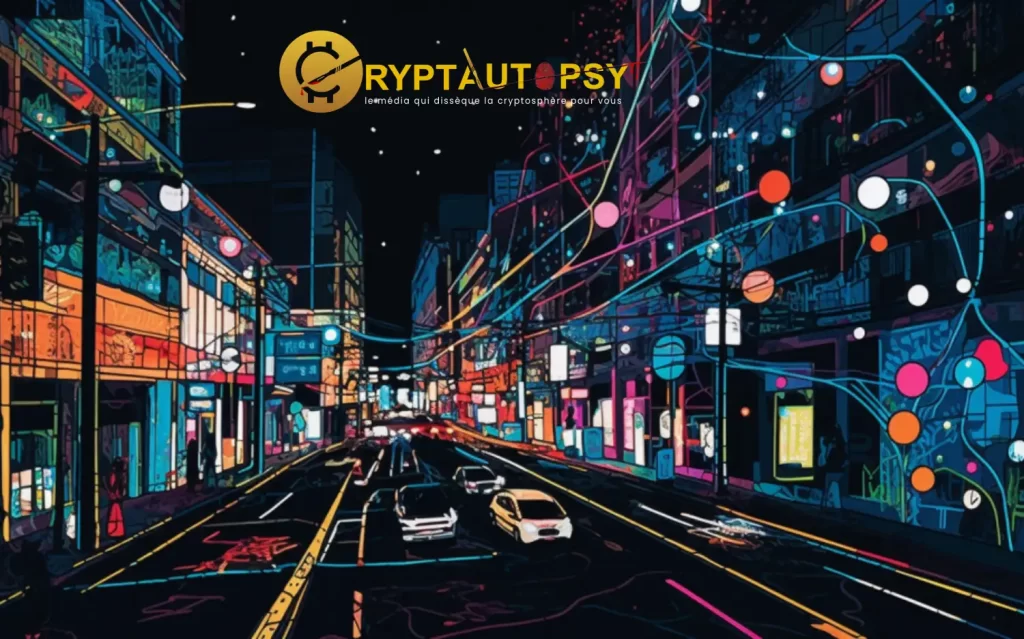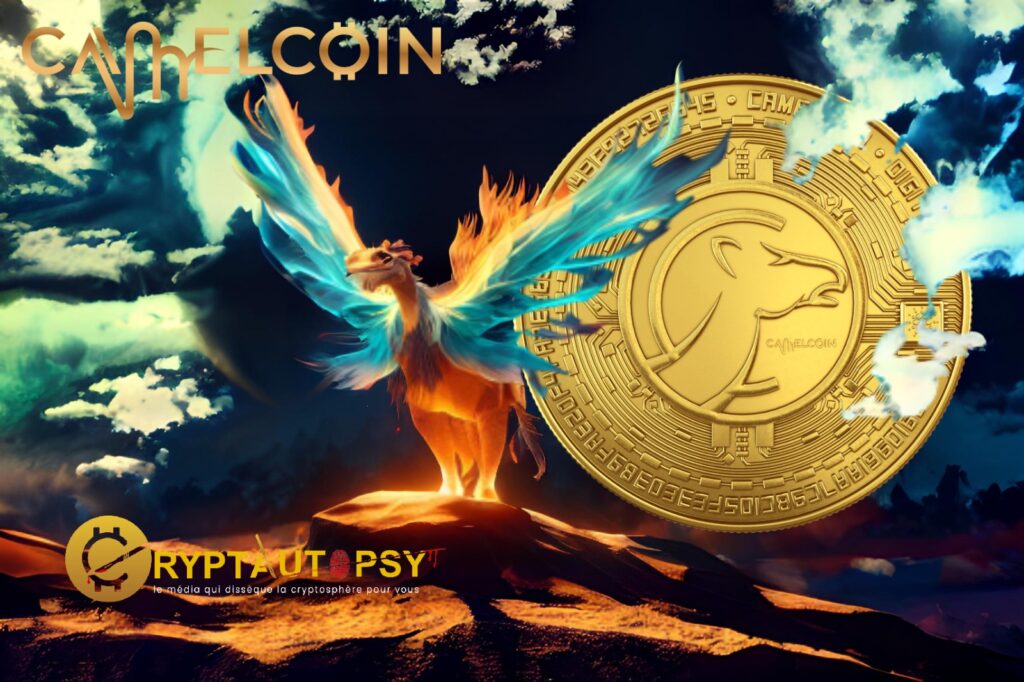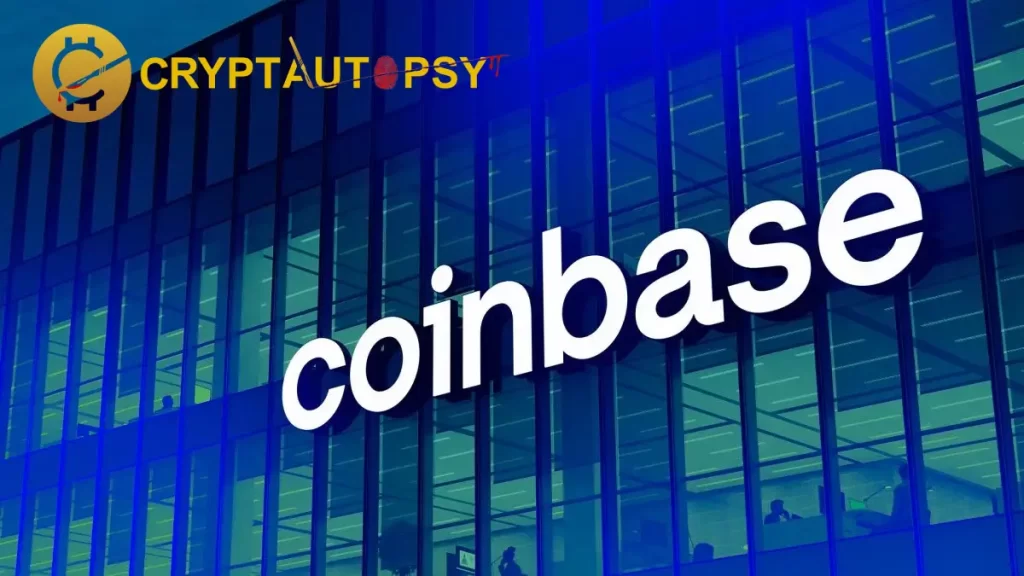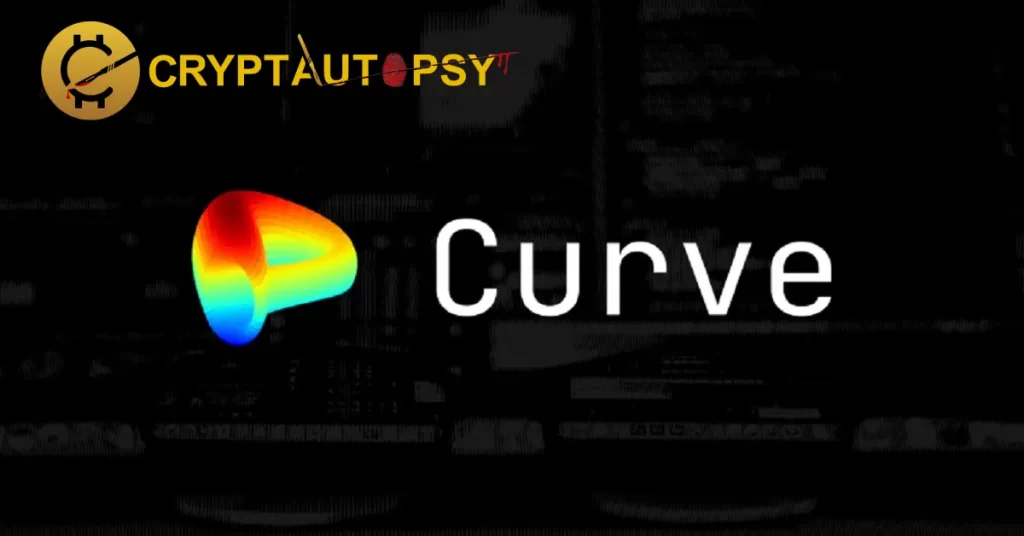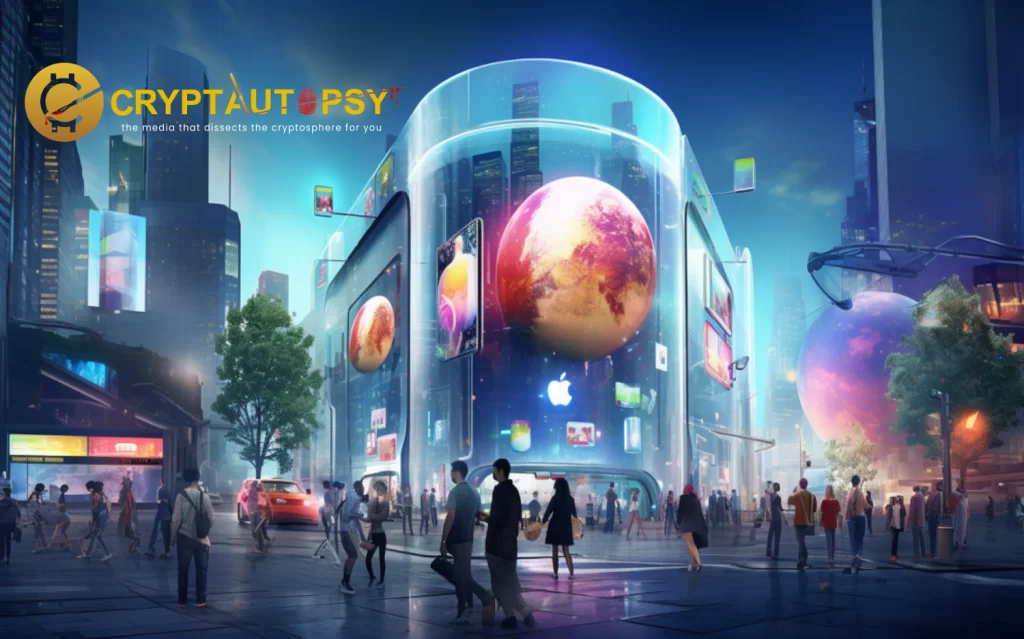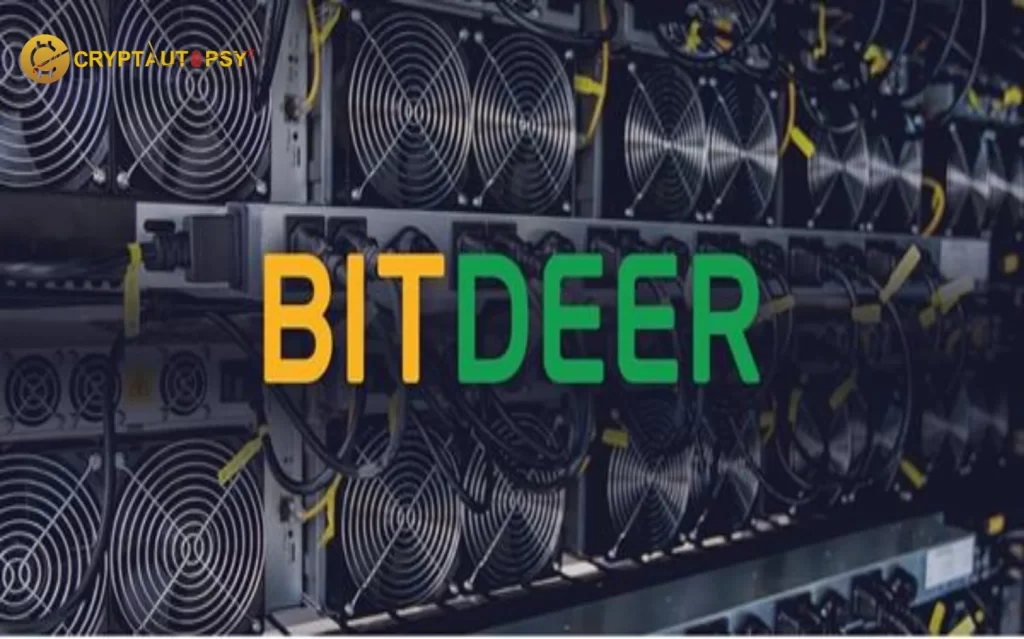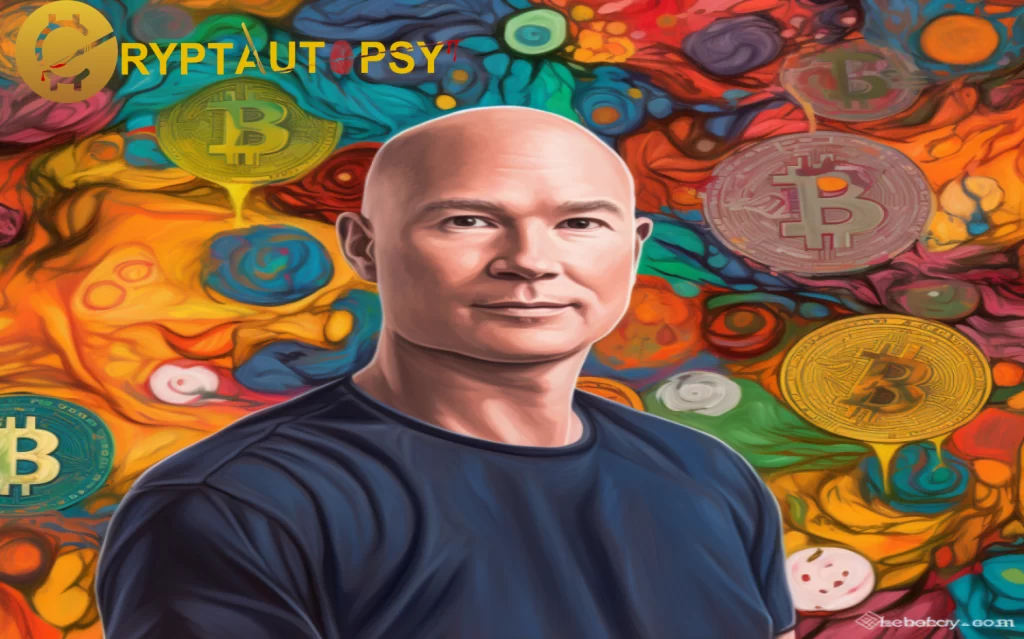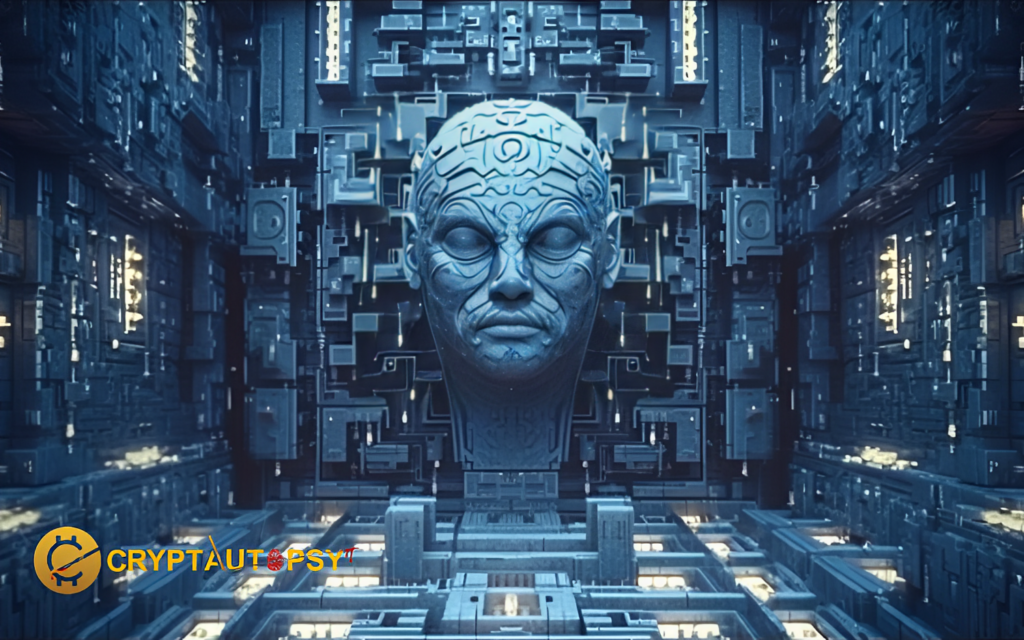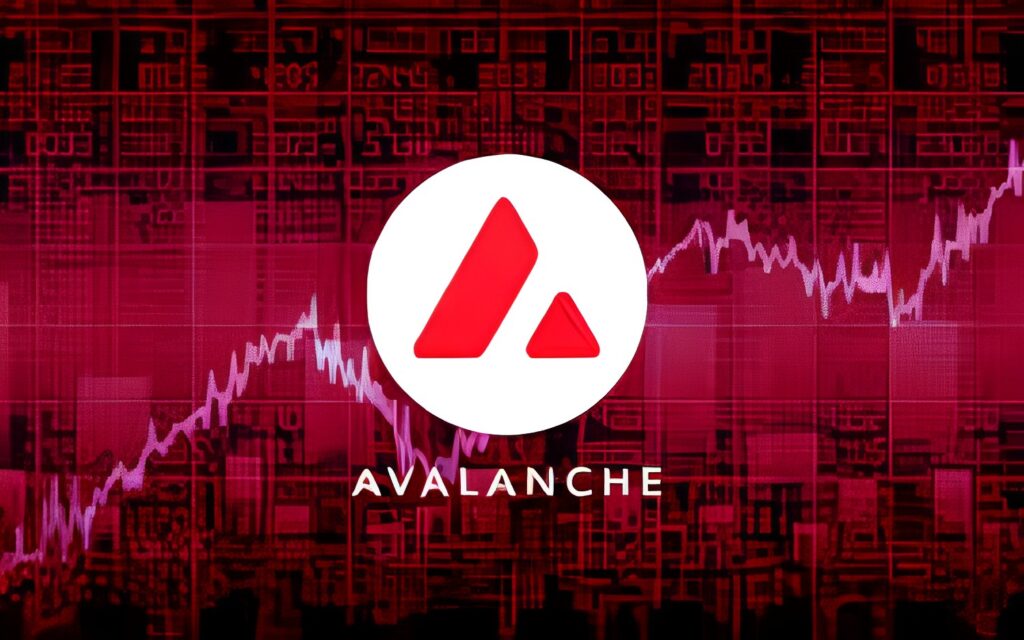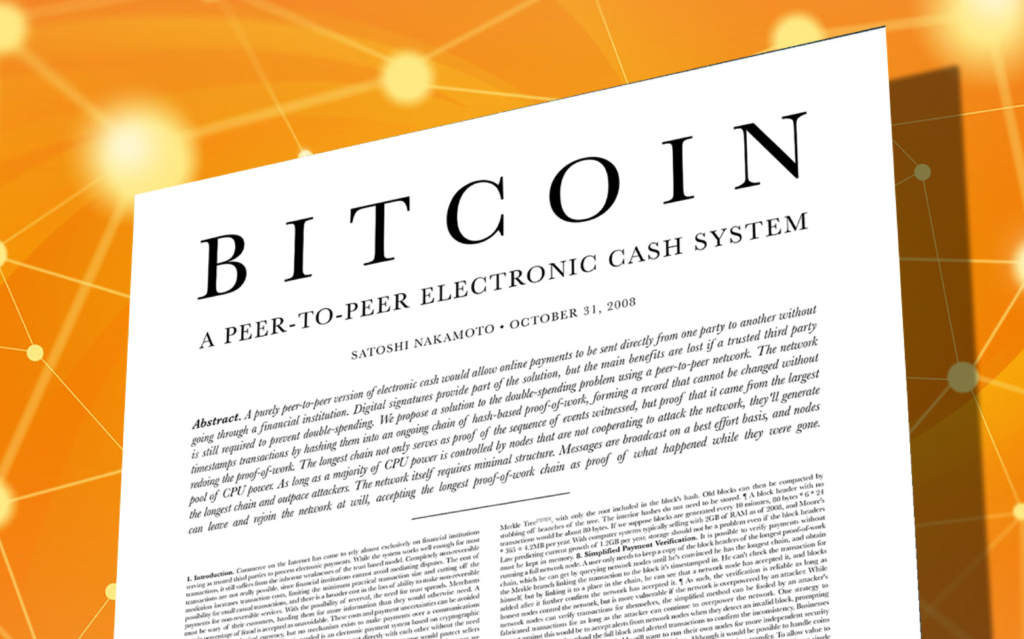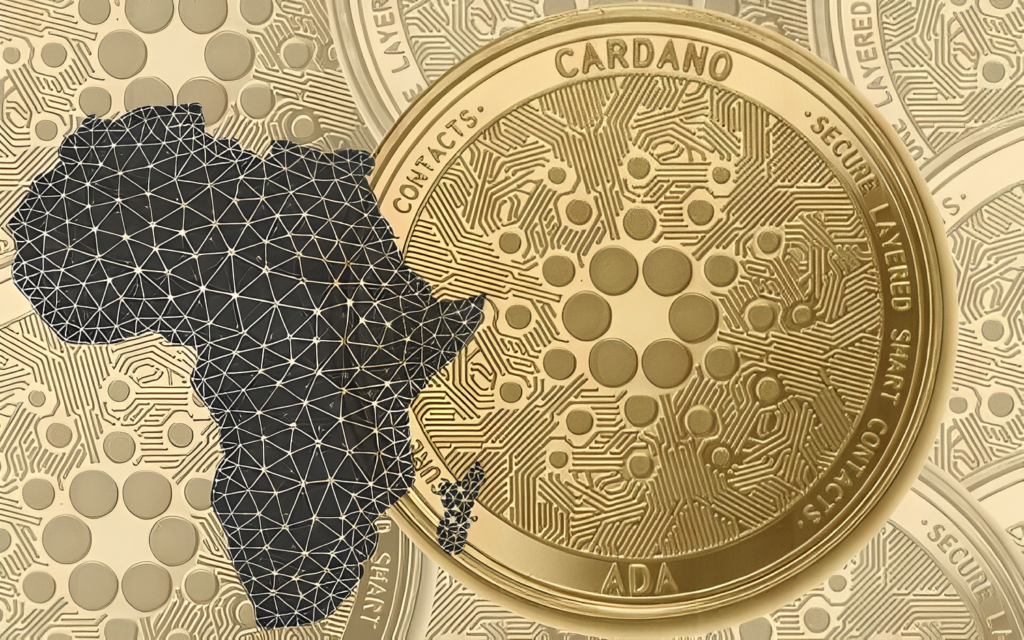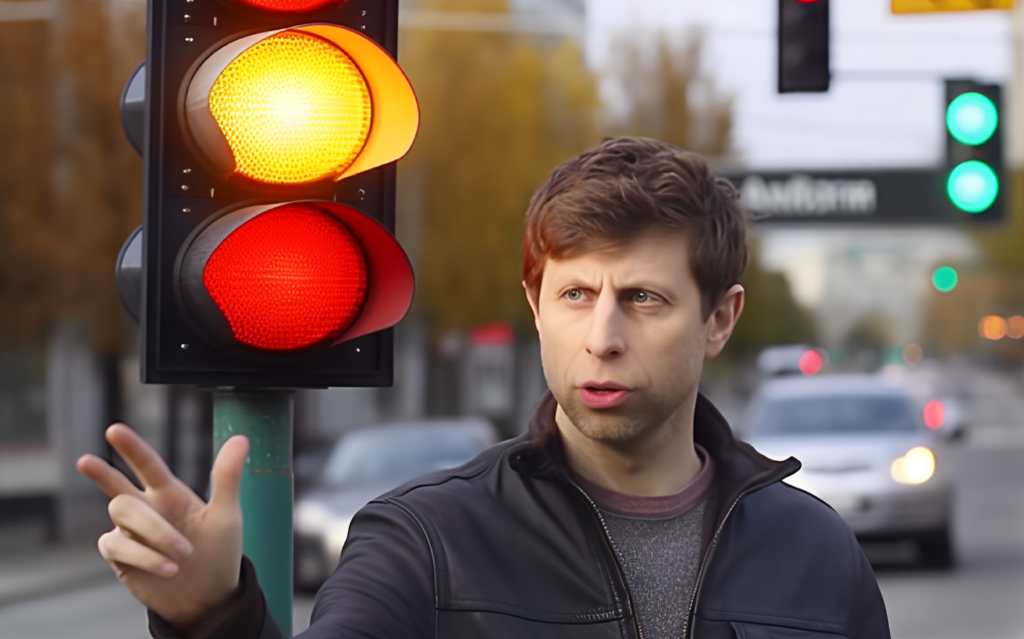Op-ed: Duopoly in digital mapping – Can web3 be the answer?
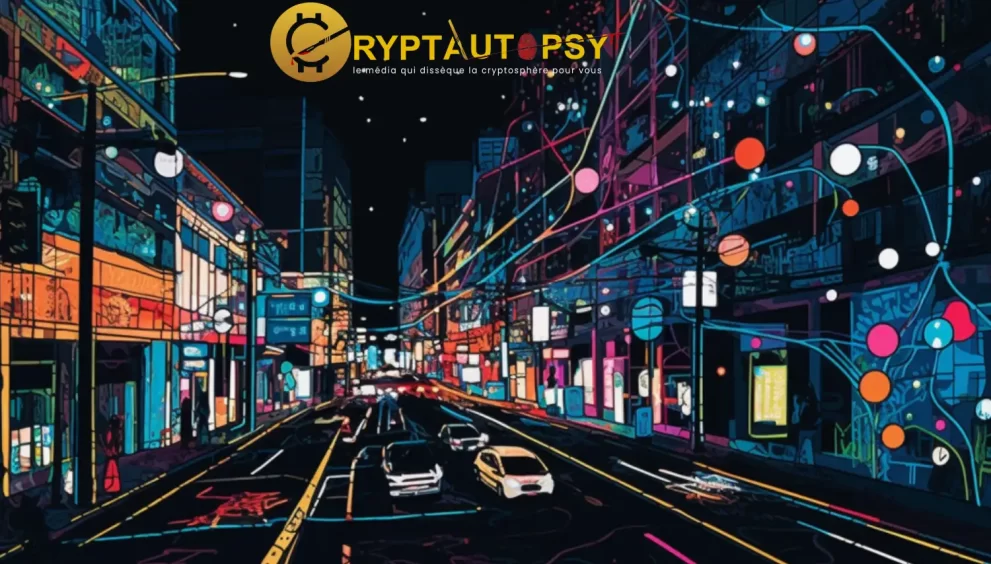
Big Tech’s Grip on Digital Mapping
The Current Duopoly Status
The digital world is no stranger to duopolies, and when it comes to digital mapping, Google Maps and Apple Maps have set the standard. Their combined market presence, backed by robust financial muscles, has given them an unparalleled edge. Think about it – when was the last time you used a digital map that wasn’t one of these two?
The Challenge to Innovators
Breaking into this space has proven challenging for emerging players. Google and Apple’s iron-clad control has not only stifled competition but also made it pricier for innovators. With restricted access to core map data, app developers find themselves at the mercy of these giants, dishing out considerable fees for API usage. And even when they can afford these charges, there’s another hiccup: outdated street views, especially in the less urbanized areas.
Google and Apple’s Expansion Beyond Mapping
Dominance in the Smartphone Market
It’s not just the world of maps where these behemoths have left their mark. Their stronghold extends to the smartphone arena. With pre-installed mapping services on their devices, they have subtly nudged users towards their platforms, making it the default choice for many.
Capturing Data from Other Companies
And, as if that wasn’t enough, they’ve strategically acquired data-rich companies to bolster their services. Remember Google buying Waze? That was a masterstroke, integrating unique features into Google Maps. But while Google reaped the benefits, did Waze’s community truly gain from this acquisition?
The Web3 Revolution
Introduction to Web3’s Potential in Mapping
Enter Web3. The world has been buzzing about its transformative potential, and for a good reason. Web3 promises a decentralized digital frontier where users are in the driver’s seat. Can it be the game-changer in digital mapping?
Benefits of Crowdsourcing and Decentralization
Several trailblazing firms are betting on it. By leveraging blockchain, they aim to build decentralized mapping networks where users are not just passive consumers but active contributors. Imagine a world where real-time data from your dashcam or drone can update maps instantly! This crowdsourcing model not only slashes costs but also democratizes data access.
The Future Outlook
Potential of Web3 to Challenge the Giants
The landscape is ripe for disruption. While the road ahead isn’t devoid of challenges, Web3’s inherent qualities make it a formidable opponent against the Google-Apple duopoly.
Decisions for the Digital Mapping Market
Continue with Big Tech?
We can choose the familiarity of the status quo, letting the duopolies dictate the narrative. But at what cost? Stagnation? Limited innovation?
Embrace Web3 and Blockchain?
Or, we pivot. We embrace the promise of Web3, with its decentralized ethos, fostering innovation, competition, and above all, user empowerment. The digital mapping future beckons, and the choice seems pretty clear, doesn’t it?
Conclusion
The digital mapping landscape is at a crossroads. While the dominance of Google and Apple is undeniable, the emergence of Web3 offers a glimmer of hope. As decentralized platforms gain traction, the power dynamics are poised to shift, placing users at the heart of innovation. It’s not just about maps; it’s about reshaping the digital future.











